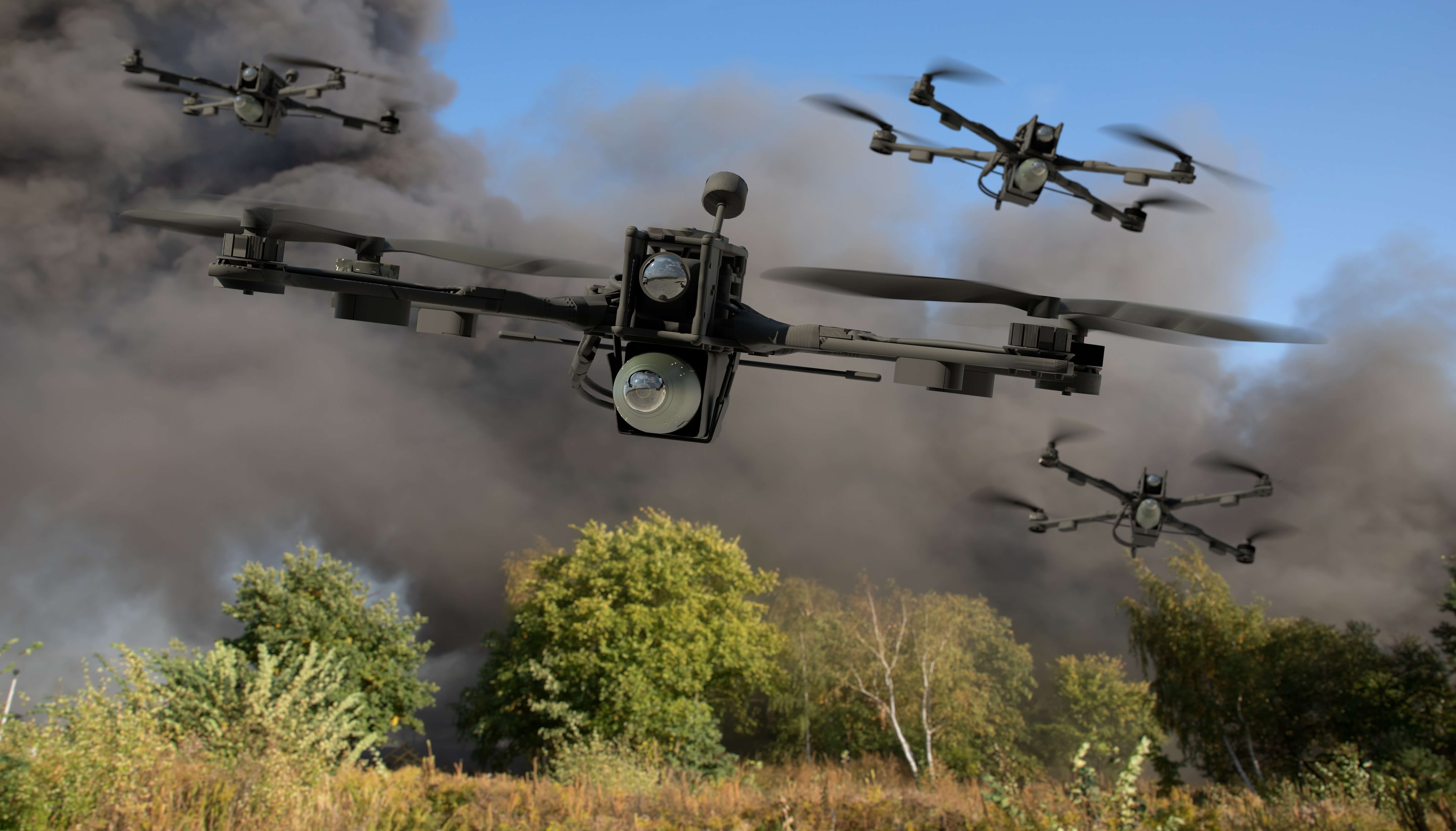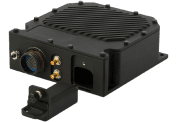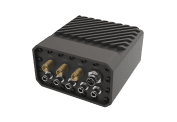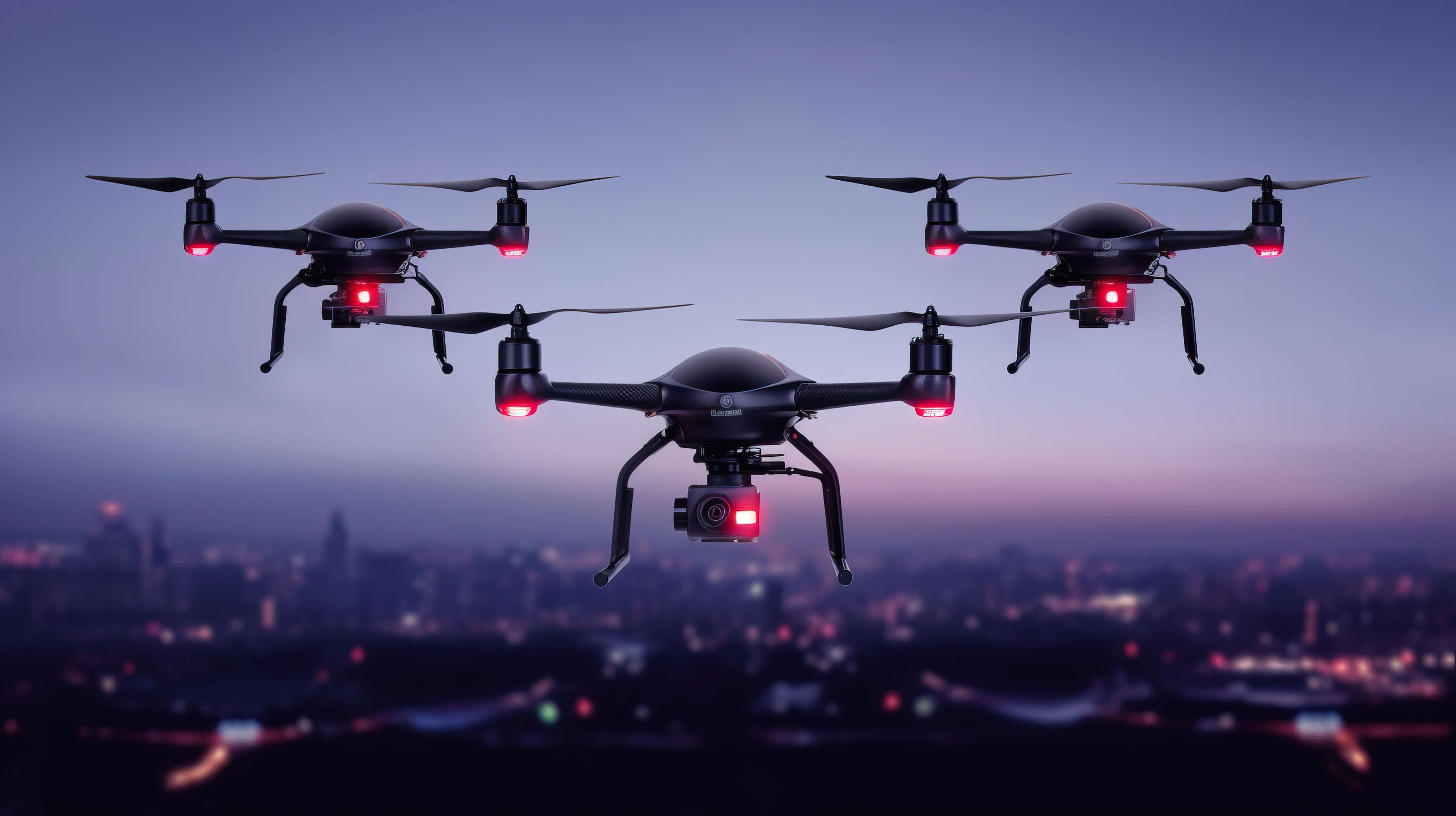The Coming of UAS Warfare
The growing use of commercial and military drones is changing the nature of warfare. The increasing frequency of incidents that involve the use of compact, hostile Unmanned Aerial Systems (UAS) by both terrorist organizations and conventional military units, together with the rapidly growing drone industries outside of NATO, raise concerns about whether armed forces are sufficiently trained, structured, and equipped to effectively counter these threats domestically and internationally. Today’s limited ability to detect, classify, monitor, and eliminate small UAS has been identified as a significant tactical and operational weak spot for the military.
As such, Counter-Unmanned Aerial Systems (cUAS) have become a focal point for governments, businesses, and security organizations worldwide. This article discusses the latest trends and technologies in the cUAS landscape.
The Market for cUAS
According to the Institute for Defense and Government Advancement (IDGA), the Global cUAV market is estimated at around USD $1.80 billion in 2020 and is expected to grow to USD $5.47 billion in 2028 at a CAGR of approximately 13%. The cumulative market is expected to surpass USD $32 billion.
Based on its global research, the Institute has identified ten nations of the initial 15 with significant cUAS programs. The market predictions for cUAS platforms for the selected 15 countries are expected to increase from US $731 million in 2023 to US $916 million in 2028 at a CAGR of 4.6%. Interestingly, most of these countries are also developing directed energy or laser weapons to destroy drones.

The largest player in the market is the U.S., with a cumulative market size of US $3.3 billion over 2023-2028. South Korea is the second largest contributor, with a cumulative market size of US $490 million, followed by France – US $339 million, and Canada – US $180 million.
Exploring the Future: Trends in cUAS
As we delve into the realm of cUAS, it’s crucial to appreciate the evolving trends that shape its trajectory. Here are some key trends:
Growing Awareness of Dangers
Governments and regulatory bodies across the globe are increasingly recognizing the threats posed by rogue drones. Over the past few years, drone threats — inexpensive, commercial off-the-shelf ones — have exploded in use, posing a threat on the battlefield as well as to civilian airports, sports stadiums, government buildings, and urban areas. ISIS famously modified commercial off-the-shelf UAS meant for hobbyists into bomb carriers, while Houthi rebels allegedly launched a swarm attack against Saudi Arabian targets. These, and other recent conflicts suggest that militaries are still unprepared for the effective deployment of UAVs, a fact that has become a significant driver of cUAS technology and concepts. As drones are repurposed from simple recreational devices to dangerous weapons, there’s a pressing need to develop sophisticated cUAS systems. The increase in drone threats is a significant driver of the cUAS industry, highlighting the necessity to ensure public safety and military readiness.

Regulatory Measures
This awareness has led to the implementation of stricter laws and regulations concerning drone usage and the establishment of no-drone zones in sensitive areas. Many in the industry are looking for full government agency collaboration to develop a unified approach to integrating cUAS technologies into bodies such as the National Airspace System (NAS) and Department of Defense (DoD) installations. In the United States, for example, the Federal Aviation Administration (FAA) has taken steps to register drones and mandate remote identification to enhance security, ensure accountability, and lay the groundwork for more complex UAS operations. At the same time, the European Union Aviation Safety Agency (EASA) has created a comprehensive regulatory framework to manage drone operations and counter drone measures.
Investment in Research and Development
There is a surge in R&D investments in cUAS technology. Government defense contracts and private sector investments are fueling this trend, acknowledging the need for robust cUAS solutions to protect assets and ensure public safety. Such investments are driving the development of a wide range of cUAS technologies. These include radar-based systems, radio frequency (RF) jammers, GPS spoofers, laser-based systems, and kinetic solutions like interceptor drones. Additionally, more innovative solutions are being sought after, which has led to the exploration of advanced technologies like directed energy weapons and high-powered microwaves.
Integration with Other Technologies
cUAS solutions are being increasingly integrated with other technologies like Artificial Intelligence (AI) and Machine Learning (ML) for better threat detection, tracking, and neutralization. This trend allows for more effective and rapid responses to rogue drones. AI and ML integration into cUAS systems enables faster detection of drone threats, accurate classification, and more strategic responses. For instance, AI-powered algorithms can distinguish between different drone models based on their acoustic, visual, or RF signatures. Simultaneously, ML models can learn from historical data to predict and identify rogue drones, facilitating prompt responses. AI-based video analytics technology can be integrated into CUAS to enable real-time and accurate video and AI processing at the edge, such as object detection, classification, and tracking.
Charting the Future: cUAS in a World of Evolving Drone Technology
The rapid expansion of UAS usage carries with it the potential for misuse, thereby necessitating the development and application of cUAS technologies. With the growing awareness of drone threats, stricter regulatory measures, increased investment in research and development, and integration with AI, ML, the future of cUAS technology looks promising.
Constant advancements in this field inspire confidence in a future where the safe use of UAS is commonplace, and threats from rogue drones are effectively and efficiently neutralized. It is critical, however, that as we continue to navigate this complex and evolving landscape, stakeholders worldwide remain committed to fostering an environment where innovation in cUAS technology can thrive, all while ensuring the safety and security of our skies.
Maris will exhibit its Edge AI computing and ultra-low latency video streaming solutions for cUAS at the Counter UAS conference on August 15-16, 2023. Visit us to see our latest innovations in Location. Contact us at [email protected] to book an appointment.











